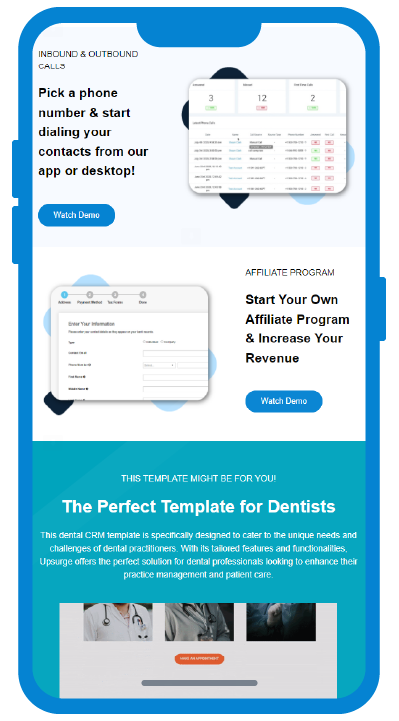
A Customer Relationship Management (CRM) platform is often the core of any business, but simply having a CRM doesn’t cut it. In order to get the most out of a CRM for your business and your customers, you need to have a tailored strategy. Personalized CRM strategies are essential for marketing your products and services to your customers in the way that best fits their needs. Taking a personalized approach to your customer management can improve customer expectations, increase conversion rates, boost loyalty and retention, and increase your company’s productivity.
Here are some key steps to personalizing your CRM strategy:

Identifying and understanding your customer doesn’t just apply to your business plan or your marketing strategy; it’s also a key component of your CRM processes. Having clear and updated buyer personas helps you have a clear vision of who your customers are and what their needs are so that you can tailor your marketing and communication for them, which leads us to the next step.

Divide your customer base into segments based on demographics, behavior, preferences, or any other relevant criteria. This allows you to tailor your marketing and customer service efforts to specific groups, making them more relevant and effective. (ex. Email or SMS communication)

In addition to understanding who your customer is, it’s critical to understand the journey that each customer segment goes through before, during, and after they purchase from you. This journey can be based off, or go hand-in-hand, with your sales and marketing funnels. Mapping out your customer journeys can help you tailor your messaging based on where in the journey the customer might be during that time.

Use the data collected to personalize your marketing messages, product recommendations, and customer interactions. This can greatly enhance the customer experience and improve conversion rates. Then implement timely and easily accessible customer service and feedback resources, such as surveys or FAQs for certain stages of the customer journey.

We can’t stress the importance of tracking and optimizing enough, because you need to keep your strategies and tactics agile enough to fit the changing needs of your customers. Some methods and channels might work for certain segments but no others, and you need to keep your finger on the pulse of your own efforts in order to see what isn’t working and make the necessary adjustments to get things back on track.
CRMs are essential tools for businesses to be successful, but their effectiveness depends on your ability to make them fit the needs of your business and your customers. Much like a wedding dress or a nice suit, your CRM strategies need to be tailored to fit your customer’s needs, habits, and where they are in the customer journey.

The Real Benefits of Contact Management with CRM for Collecting Customer Data Managing and leveraging customer information has become a foundational aspect of success…
Can a CRM Really Automate My Sales Follow-Ups and Boost My Small Business Revenue? Small businesses face increasing pressure to maintain consistent communication with…
Best CRM Software for Sales Prospecting: Transform Your Sales Prospecting Struggling to turn cold leads into paying customers? You’re not alone. In today’s competitive…